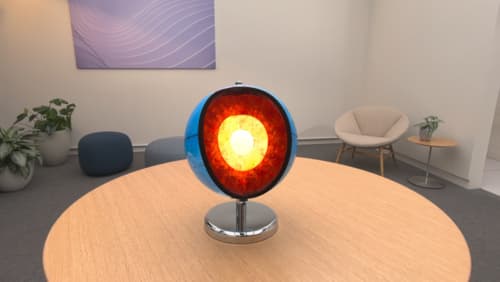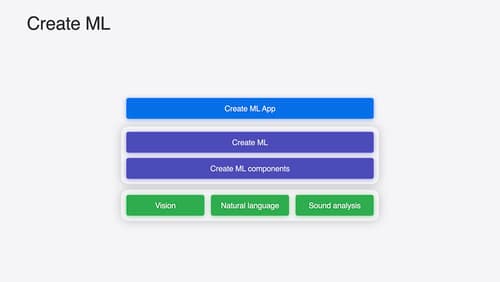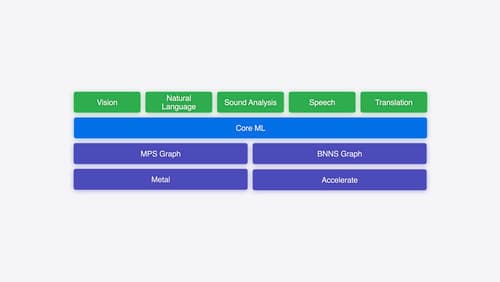How do I create a virtual machine on a macbook?
Asked on 2024-08-02
1 search
To create a virtual machine on a MacBook, you can use various tools and methods. However, the context provided from the WWDC sessions does not directly address creating virtual machines. Instead, it focuses on machine learning, object tracking, and other development tools on Apple platforms.
If you are interested in machine learning and development on Apple platforms, here are some relevant sessions you might find useful:
- What’s new in Create ML - This session provides an overview of CreateML, which is a tool for building and deploying machine learning models on Apple devices.
- Explore object tracking for visionOS - This session covers how to create reference objects and anchor virtual content using CreateML and other tools.
- Explore machine learning on Apple platforms - This session discusses running machine learning models on Apple devices, including the use of frameworks like Core ML.
For creating virtual machines specifically, you might want to look into tools like Parallels Desktop, VMware Fusion, or Apple's own Hypervisor framework, which are not covered in the provided WWDC context.

Explore object tracking for visionOS
Find out how you can use object tracking to turn real-world objects into virtual anchors in your visionOS app. Learn how you can build spatial experiences with object tracking from start to finish. Find out how to create a reference object using machine learning in Create ML and attach content relative to your target object in Reality Composer Pro, RealityKit or ARKit APIs.

What’s new in Create ML
Explore updates to Create ML, including interactive data source previews and a new template for building object tracking models for visionOS apps. We’ll also cover important framework improvements, including new time-series forecasting and classification APIs.

Explore machine learning on Apple platforms
Get started with an overview of machine learning frameworks on Apple platforms. Whether you’re implementing your first ML model, or an ML expert, we’ll offer guidance to help you select the right framework for your app’s needs.
